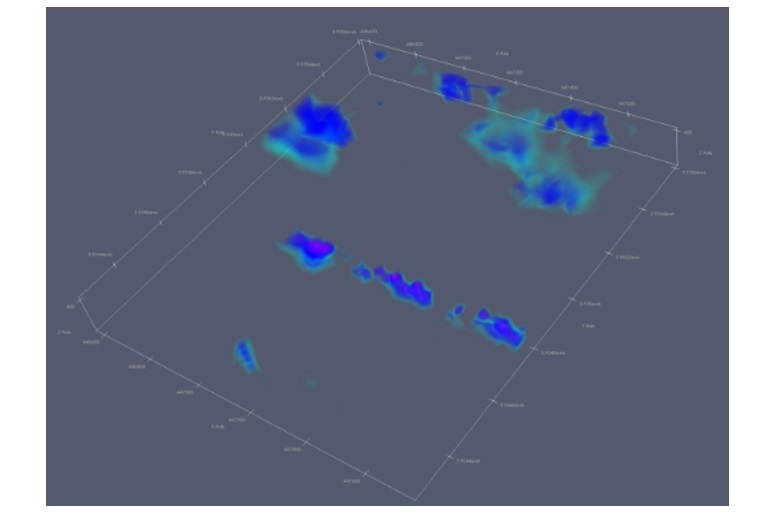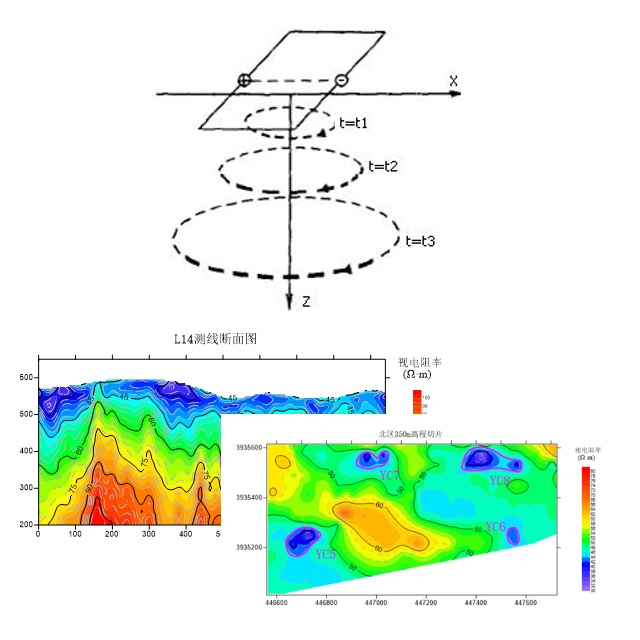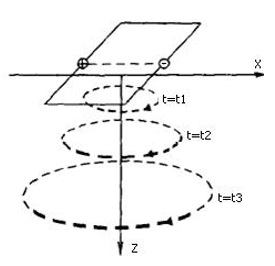Application Cases

Result Graph of Apparent Resistivity Section along Survey Line

Apparent Resistivity Slice Graph of the Elevation Plane in the Survey Area

3D Sculpture Graph of Low - Resistance Anomalies in the Survey Area

Technical Principle:
The transient electromagnetic method, also known as the time - domain electromagnetic method (TEM), is a method that uses an ungrounded loop to emit a primary pulsed magnetic field into rock formations. During the intervals between primary pulsed magnetic fields, a coil is used to measure the secondary eddy - current field. Simply put, the basic principle of the transient electromagnetic method is the law of electromagnetic induction. The attenuation process is generally divided into early, middle, and late stages. The early - stage electromagnetic field is equivalent to the high - frequency component in the frequency domain, with fast attenuation and a small skin depth. The late - stage component is equivalent to the low - frequency component in the frequency domain, with slow attenuation and a large skin depth. By measuring the variation law of the secondary field over time at different time periods after power is cut off, the geoelectric characteristics at different depths can be obtained.

Schematic Diagram of the Detection Principle
Application Scenarios:
- Exploration of the water abundance of weathered bedrock in the development area of coal mines.
- Exploration of goafs in coal mines.
- Exploration of mineral resources.
Application Cases

Result Graph of Apparent Resistivity Section along Survey Line

Apparent Resistivity Slice Graph of the Elevation Plane in the Survey Area

3D Sculpture Graph of Low - Resistance Anomalies in the Survey Area